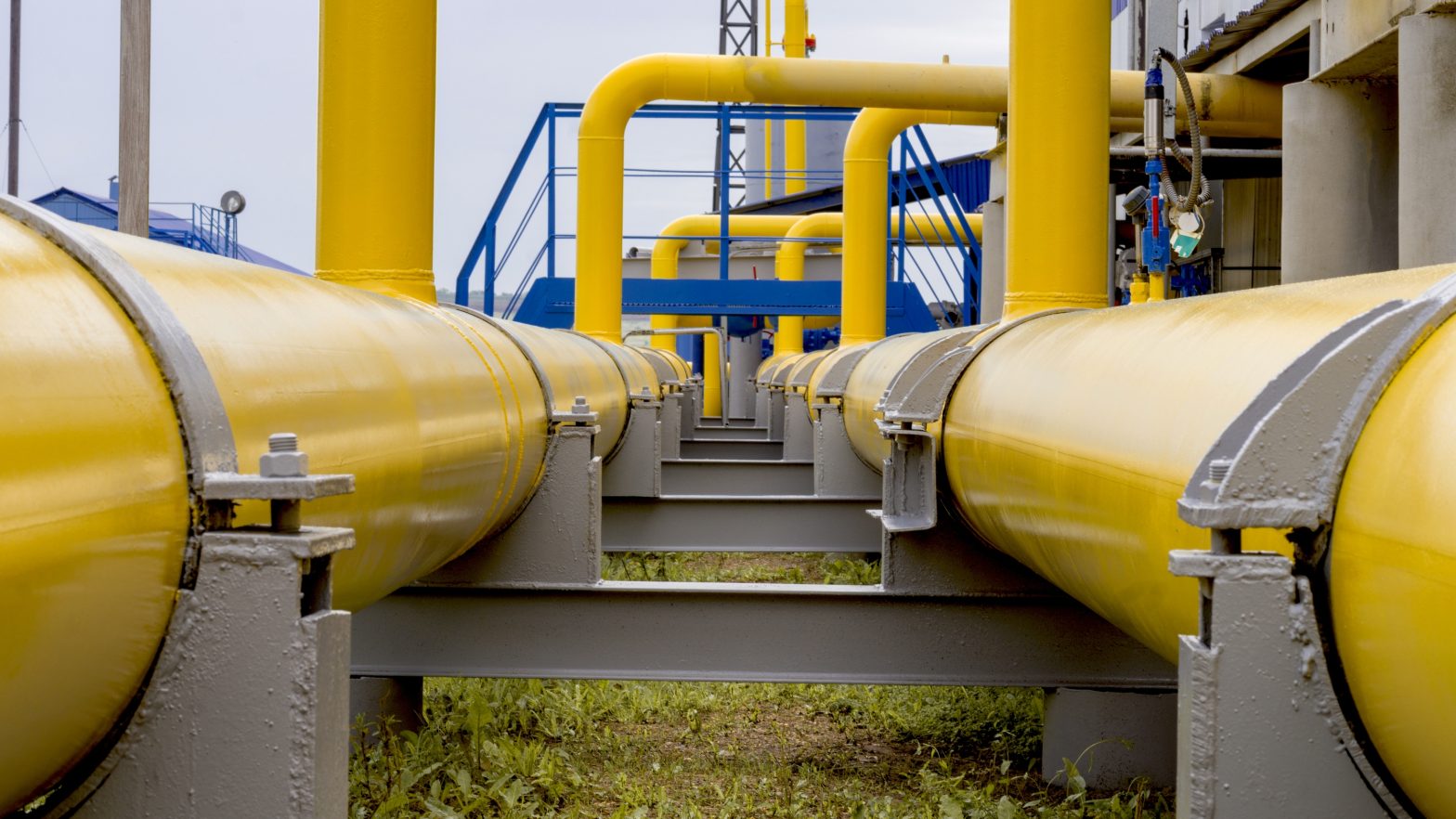The pipeline sector in 2024 is witnessing progress in rehabilitation coatings, which preserve the functionality and strength of pipelines for transporting essential resources like oil, gas, and water. The latest innovations focus on improving durability,, reducing impact, and enhancing application efficiency.
One notable development is the introduction of polyurea coatings, known for their protection against corrosion and abrasion. With curing properties that minimize downtime, polyurea coatings are essential for maintaining pipeline operations. Their flexibility allows them to adapt to temperature changes and movements within the pipeline structure, ensuring lasting protection and reducing maintenance needs.
The advancement of epoxy-based coatings is also noteworthy in pipeline rehabilitation efforts. Epoxy coatings create a barrier against chemicals and environmental elements while adhering well to surfaces for comprehensive coverage. In 2024, new formulations of epoxy coatings will be introduced to enhance performance and streamline application processes, making them more efficient and reliable for pipeline rehabilitation projects.
Furthermore, the industry has seen a breakthrough with coatings that combine properties to form a versatile and durable protective layer.
These protective coatings offer top-notch defense against wear and tear and environmental harm. The latest composite coatings prioritize sustainability by incorporating eco-friendly materials that minimize their footprint. This reflects the industry’s increasing emphasis on practices and environmental stewardship.
Thermoplastic coatings have gained popularity in pipeline rehabilitation. They form a robust barrier that withstands damage over time. In 2024, the application process for coatings was optimized, making it more efficient and cost-effective. These coatings can be applied swiftly and uniformly, ensuring protection throughout the pipeline.
Furthermore smart coatings have been introduced in the industry. These specialized coatings contain sensors that monitor pipeline conditions in time, tracking factors like temperature, pressure, and corrosion levels. This enables maintenance and early detection of issues, marking a significant advancement in pipeline management for improved safety and operational efficiency.
Another notable innovation is the adoption of ultraviolet (UV)- cured coatings. These coatings cure rapidly under UV light, significantly reducing application and curing time. They offer adhesion and durability, making them suitable for pipeline environments.
UV technology is being utilized to streamline the coating process, which is improving the quality of rehabilitation work.
Recent reports from 2024 shed light on projects and advancements within the pipeline rehabilitation sector. One notable endeavor involves refurbishing aging oil pipelines across North America to improve their safety and dependability through coatings. This project’s use of polyurea and epoxy coatings underscores their efficacy in large-scale implementations.
A substantial water pipeline rehabilitation initiative has been launched in Europe. This project centers on employing thermoplastic coatings to shield pipelines from corrosion and environmental degradation. The project’s focus on sustainability and eco-materials mirrors the industry’s dedication to lessening its impact.
Asia, too, has witnessed progress in pipeline rehabilitation coatings. China’s significant gas pipeline venture is leveraging coatings for real-time monitoring and maintenance to ensure condition. This undertaking highlights the increasing integration of cutting-edge technologies within the industry, with coatings playing a role in detecting potential issues early on to prevent costly repairs and operational disruptions.
Furthermore, coating manufacturers and research institutions have worked to innovate formulations and application techniques that enhance the performance and sustainability of pipeline rehabilitation coatings.
The study is centered on developing effective and environmentally friendly coatings. By working, this collaborative effort encourages innovation and propels the industry forward.
In 2024, the pipeline rehabilitation sector will encounter challenges such as regulations and the push for sustainable methods. Nonetheless, advancements in coatings and the incorporation of technologies offer solutions to these obstacles. The industry is shifting towards using long-lasting and environmentally conscious coatings that cater to the changing demands of pipeline infrastructure.
The progress in pipeline rehabilitation coatings in 2024 indicates a move towards more sustainable solutions. Polyurea, epoxy, and thermoplastic coatings provide improved protection and longevity. Integrating coatings and UV-cured coatings showcases the industry’s dedication to innovation and effectiveness. Large-scale projects worldwide underscore the success of these coatings in preserving pipeline integrity.
As the industry progresses, an emphasis on sustainability and stewardship will steer developments. Collaborations between manufacturers and research bodies will result in coatings that align with these objectives. The pipeline rehabilitation sector is primed for expansion and ingenuity, ensuring that pipelines remain secure, dependable, and efficient.
In summary, the recent advancements in pipeline rehabilitation coatings in 2024 highlight progress in durability, effectiveness, and eco-friendliness. These specialized coatings are vital for preserving the integrity of pipelines and facilitating the smooth transportation of essential materials. The sector’s dedication to creativity and environmental stewardship will continue to propel advancements in addressing challenges and opportunities.


1 comment